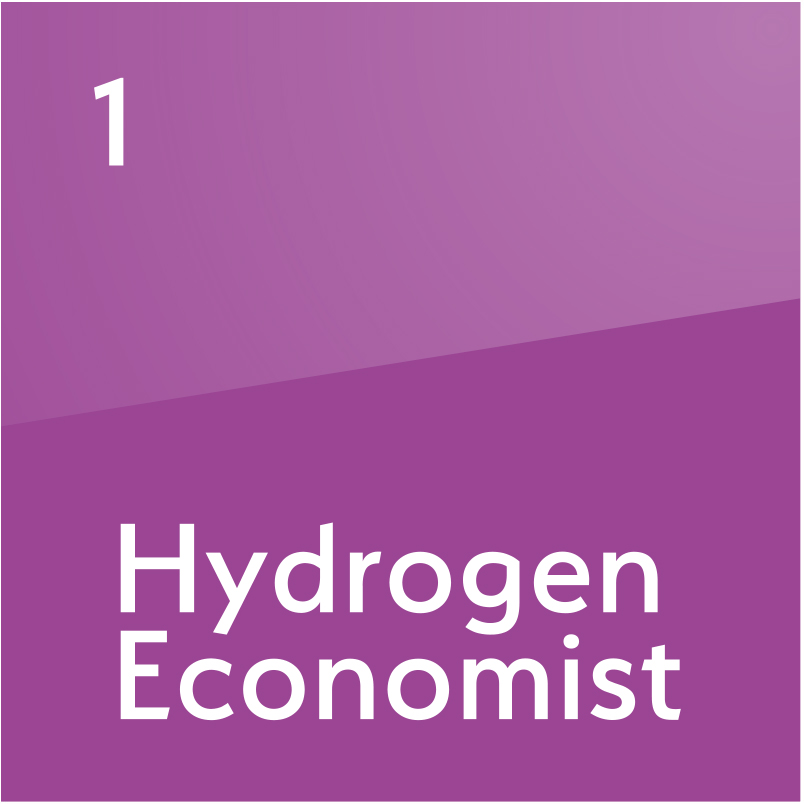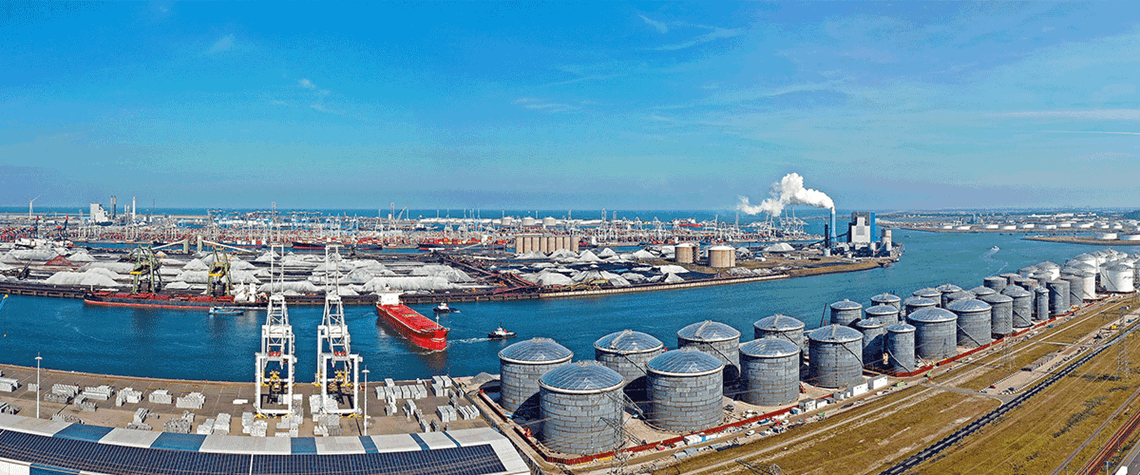Ukraine fallout continues to support tanker freight rates
Freight rates for clean tankers—the specialist vessels that transport refined petroleum products—reached multi-year highs in 2022 and are likely to remain strong going into 2023
Clean freight rates saw “multi-year highs this summer… [that] remained elevated through November, driven largely by the effects of Russia’s full-scale invasion of Ukraine”, according to the EIA. Rates for the medium-range (MR) class of clean tankers—the most ubiquitous of product-transporting vessels—even topped those logged early in the pandemic, when the global slump in demand for refined products caused a spike in requirements for tankers to act as floating storage, the EIA states. Tanker freight rates are clustered around common shipping routes, which serve as indicators or even benchmarks for the cost of shipping more generally. "Since February 2022,” rates for voyages involving Russian

Also in this section
24 October 2024
Producers in the region see significant gains to be made by boosting output using the infrastructure already in place
23 October 2024
Markets have seen no material disruption from the war so far, but as the fighting goes on it is a matter of when, not if
23 October 2024
Majors in the region are pushing boundaries and could see significant upside, but longer-term risks remain
22 October 2024
Angola is unlikely to meet the official timeline for an IPO of state-owned oil giant Sonangol in 2026







